Aging Population
The increasing number of elderly individuals worldwide is a primary driver of the Medical Bed Market. As populations age, the demand for healthcare services rises, necessitating more hospital beds and specialized medical beds for home care. According to recent statistics, the proportion of individuals aged 65 and older is projected to reach 20 percent by 2030. This demographic shift compels healthcare facilities to invest in advanced medical beds that cater to the unique needs of older patients, such as adjustable features and enhanced comfort. Consequently, the Medical Bed Market is likely to experience substantial growth as healthcare providers adapt to this demographic trend.
Home Healthcare Trend
The shift towards home healthcare is reshaping the Medical Bed Market. With more patients opting for home-based care, there is a growing demand for medical beds designed for residential use. These beds often feature adjustable heights and mobility options, catering to patients recovering from surgery or managing chronic conditions. Market Research Future indicates that the home healthcare market is expected to grow significantly, with a projected increase of 8 percent annually. This trend suggests that manufacturers of medical beds are likely to focus on developing products that meet the specific needs of home care, thereby expanding the Medical Bed Market.
Technological Advancements
Innovations in medical technology are significantly influencing the Medical Bed Market. The integration of smart technologies, such as IoT-enabled beds, allows for real-time monitoring of patient health metrics, enhancing the quality of care. Furthermore, advancements in materials and design have led to the development of beds that are not only more comfortable but also easier to sanitize and maintain. The market for smart medical beds is expected to grow at a compound annual growth rate of over 10 percent in the coming years. This trend indicates that healthcare facilities are increasingly prioritizing technology-driven solutions, thereby propelling the Medical Bed Market forward.
Rising Healthcare Expenditure
The escalation of healthcare spending across various regions is a crucial factor driving the Medical Bed Market. Governments and private sectors are investing more in healthcare infrastructure, which includes the procurement of advanced medical beds. For instance, healthcare expenditure is projected to reach 10 trillion dollars by 2025, reflecting a growing commitment to improving patient care. This increase in funding enables hospitals to upgrade their facilities, including the acquisition of specialized medical beds that enhance patient comfort and safety. As a result, the Medical Bed Market is poised for growth as healthcare providers seek to meet rising patient expectations.
Regulatory Compliance and Standards
The Medical Bed Market is also influenced by stringent regulatory requirements and standards imposed by health authorities. Compliance with safety and quality standards is essential for manufacturers aiming to enter or expand in the market. Regulatory bodies often mandate specific features in medical beds, such as weight capacity, safety mechanisms, and ease of use. As healthcare facilities strive to meet these regulations, they are more inclined to invest in high-quality medical beds that comply with industry standards. This focus on regulatory compliance is likely to drive innovation and quality improvements within the Medical Bed Market.


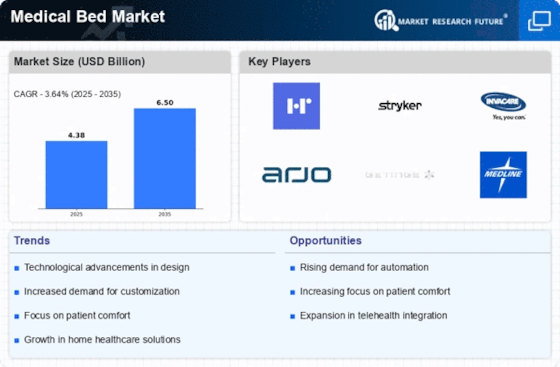

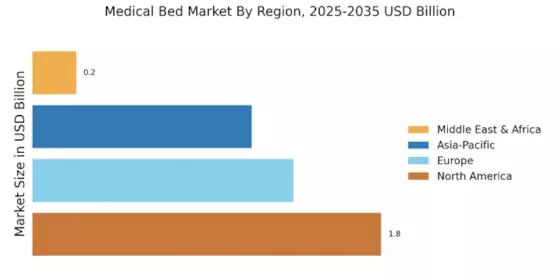
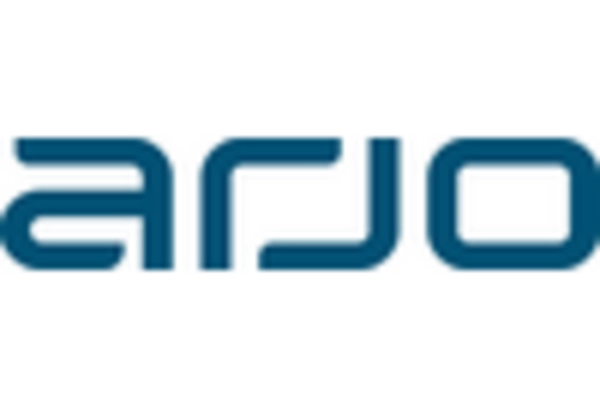
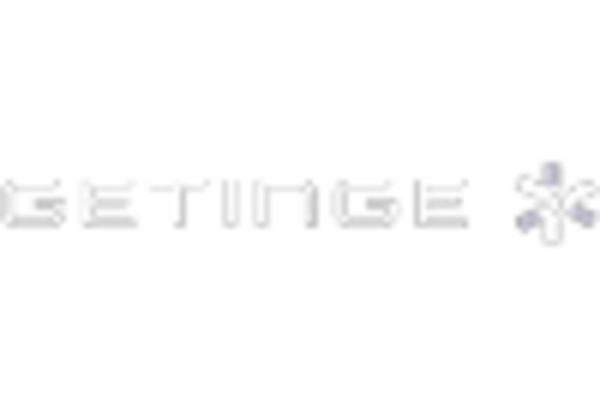

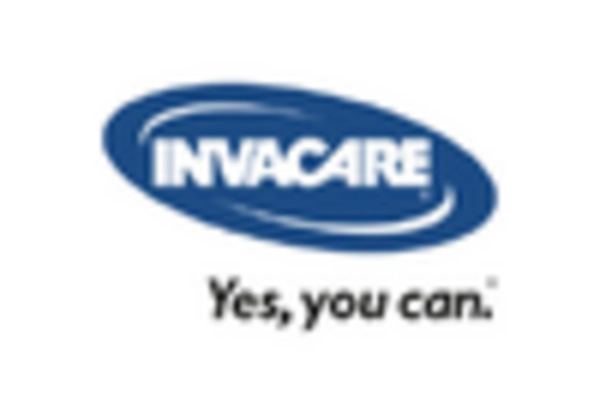
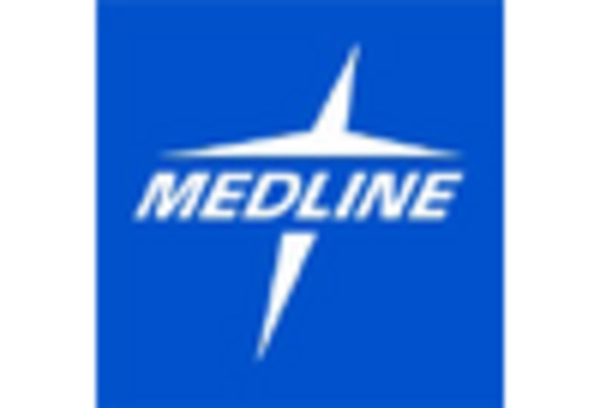









Leave a Comment